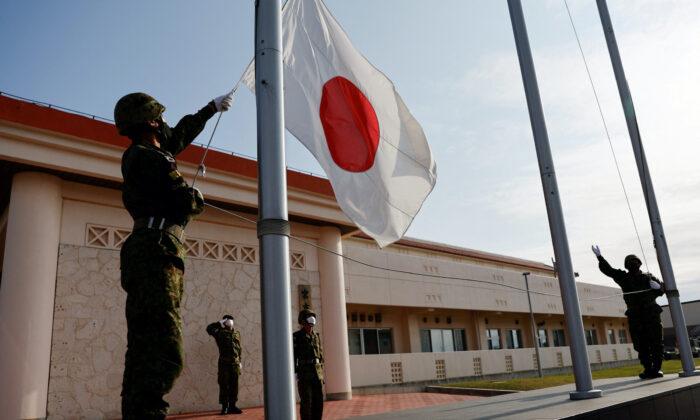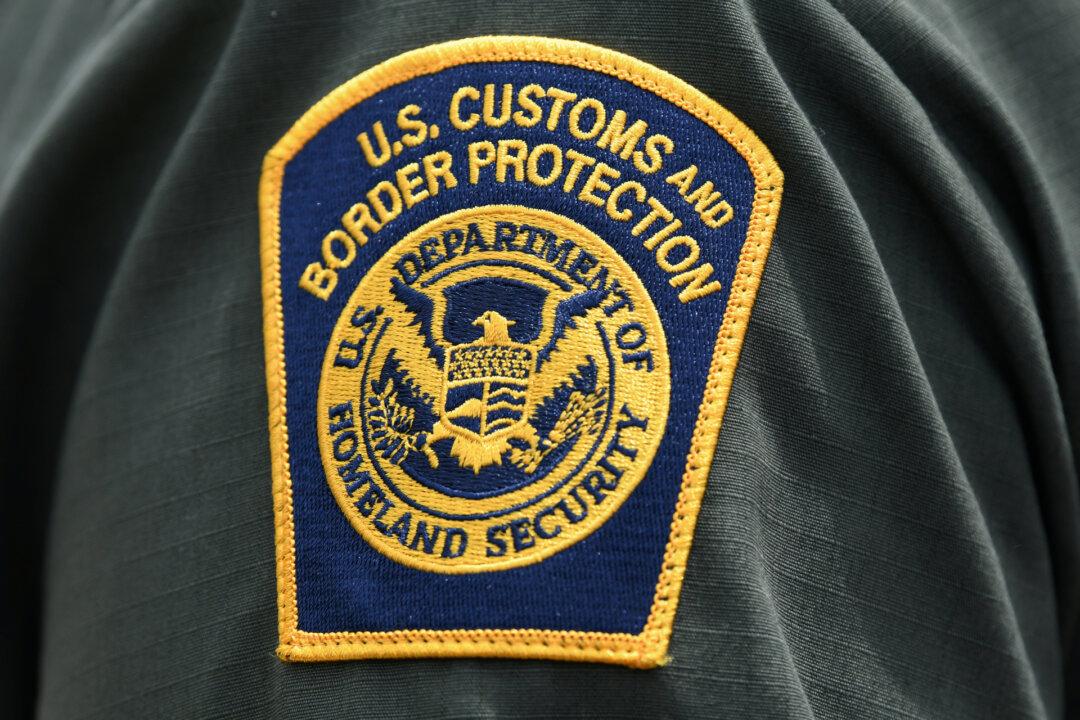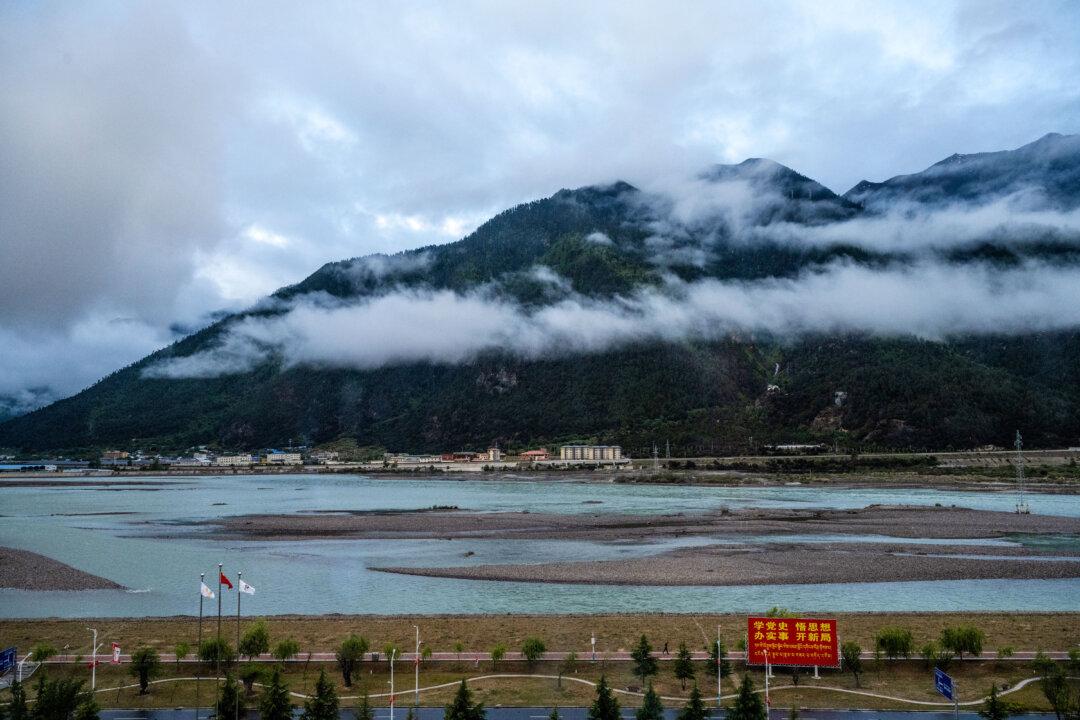Japan’s defense ministry has criticized China for “unacceptable” conduct after a Chinese aircraft carrier entered Japanese contiguous waters for the first time on Sept. 18.
The Chinese aircraft carrier Liaoning and two destroyers sailed between the southwestern Japanese islands of Yonaguni and Iriomote. According to the United Nations, a contiguous zone is an area that extends 24 nautical miles from a country’s territorial sea. In this zone, the country can exert some controls, such as enforcing laws related to customs and immigration.
At a press conference on Sept. 18, Japanese Deputy Chief Cabinet Secretary Hiroshi Moriya said Tokyo had conveyed its “serious concerns” to China via diplomatic channels, describing the incident as “utterly unacceptable from the perspective of the security environment of Japan and the region.”
“We will continue to closely monitor Chinese naval vessels’ activities in the waters around our country and will take all possible measures to gather information and conduct vigilance and surveillance,” Moriya said.
He said the incident is the first time a Chinese aircraft carrier has entered Japan’s contiguous waters.
Tensions between China and its neighbors—particularly Japan, Taiwan, and the Philippines—have been on the rise as the Chinese Communist Party has adopted more aggressive tactics. Last month, Tokyo lodged a protest with Beijing twice, first after a Chinese military reconnaissance plane
intruded into Japan’s territorial
airspace above the Danjo-gunto Islands, then after a Chinese naval survey vessel navigated in Japan’s territorial waters in the southwest of Kuchinoerabu island.
Several hours before Japan made the announcement, Taiwan’s defense ministry
announced that it had spotted Chinese navy vessels led by the Liaoning sailing through waters off its northeast coast in the direction of Yonaguni, which is located about 69 miles east of Taiwan.
The Chinese regime, which claims Taiwan as a part of its territory, has been putting pressure on Taiwan with coercive tactics for years, including sending military aircraft and vessels to the vicinity of the self-ruled island. On Sept. 17, Taiwan’s defense ministry
reported that it had spotted nine Chinese military planes, 13 military vessels, and one ship in areas near the island in the previous 24 hours.
The United States has been Taiwan’s biggest arms supplier. On Sept. 16, the State Department
announced that it had approved a sale of military equipment parts and services of up to $228 million.
The latest arms sale is the 16th military deal that the Biden administration has authorized, according to Taiwan’s foreign ministry.
“The announcement also demonstrates the US government’s strong support for enhancing Taiwan’s defense capabilities and its high regard for peace and stability across the Taiwan Strait,” the foreign ministry said in a
statement on Sept. 17.
“Given China’s frequent use of gray-zone tactics to intimidate and coerce Taiwan and other countries in the region, Taiwan will continue to show its determination to protect the nation.”
The U.S.–Taiwan Business Council also issued a statement welcoming the U.S. arms sale.
“The Biden Administration appears to remain committed to a steady cadence of Taiwan security assistance,” the council’s president, Rupert Hammond-Chambers, said in a
statement on Sept. 17.
“This arms sale supports sustainment of Taiwan’s military through the servicing of parts for aircraft and related systems. It is continuing a consistent trend, spanning almost four years, of the U.S. providing munitions and sustainment in relatively small value tranches.”
In recent weeks, Manila has
criticized Beijing for ramming Philippine boats, blasting them with water cannons, and
firing flares at Philippine aircraft, with most of the
incidents occurring at Sabina Shoal, which is known in the Philippines as Escoda Shoal and by China as Xianbin Jiao.
Reuters and The Associated Press contributed to this report.






